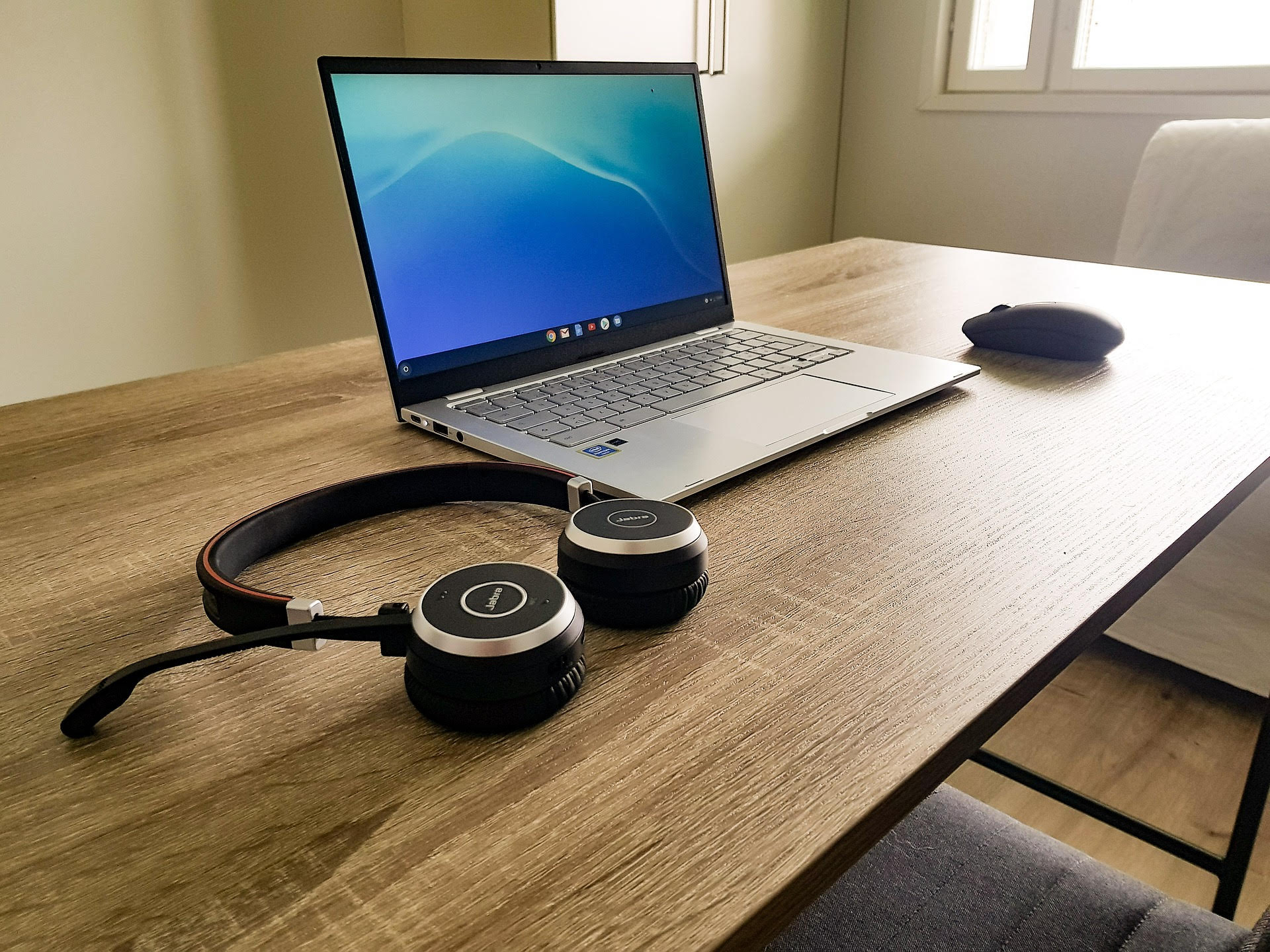Telehealth is the health care interactions that use telecommunication devices such as computers, tablets or phones to provide medical care outside the traditional face-to-face, in-person medical interaction.
Advances in technology have expanded use of telehealth in health care delivery and Patient care. Physical Therapy and rehabilitation providers may use telehealth to deliver care to populations with musculoskeletal conditions, which had traditionally been treated in both acute care and outpatient settings.
Patients with impaired mobility, those living in locations with reduced access to care, high risk populations or those concerned about COVID -19 may particularly benefit. Video-teleconferencing has been shown to be effective for management of some types of rehabilitation, including reduced health care use expenses and less disruptions to ongoing care.


Telehealth can facilitate developing care plans with other specialists and have continuity of care with the same therapist. Telehealth can facilitate occupational and physical therapy programs as well as improve weight management and ongoing neuromuscular pain in patients with chronic conditions. Other services that utilize TeleHealth include therapy in sports medicine injury, symptom management and counseling in concussion, traumatic brain injury, and pain management programs.
Limitations of telehealth include ability to perform limited physical examination, and differences in payment models and liability coverage. The expansion of telehealth services is expected to grow and has potential to improve patient satisfaction by delivering high quality care.
